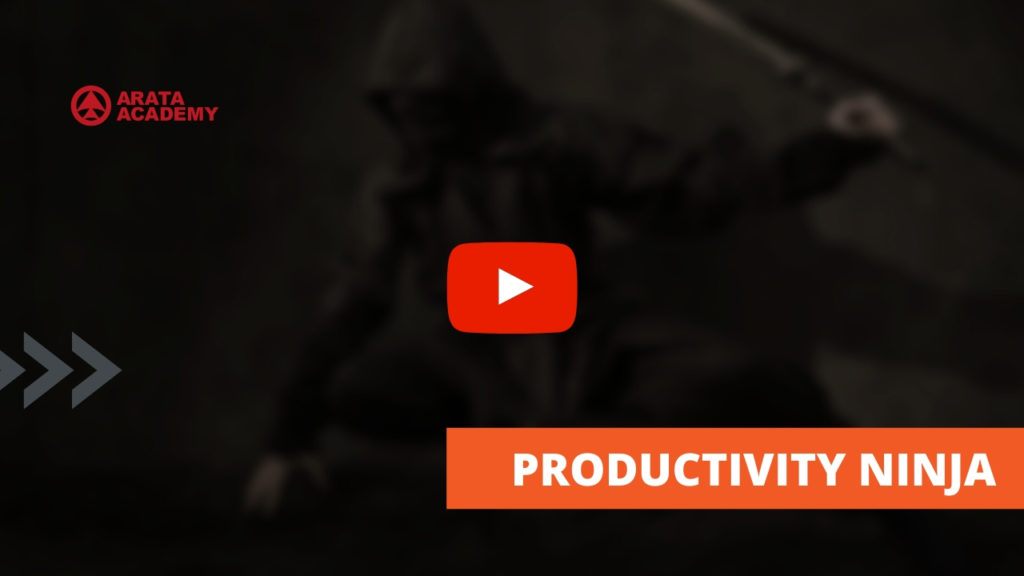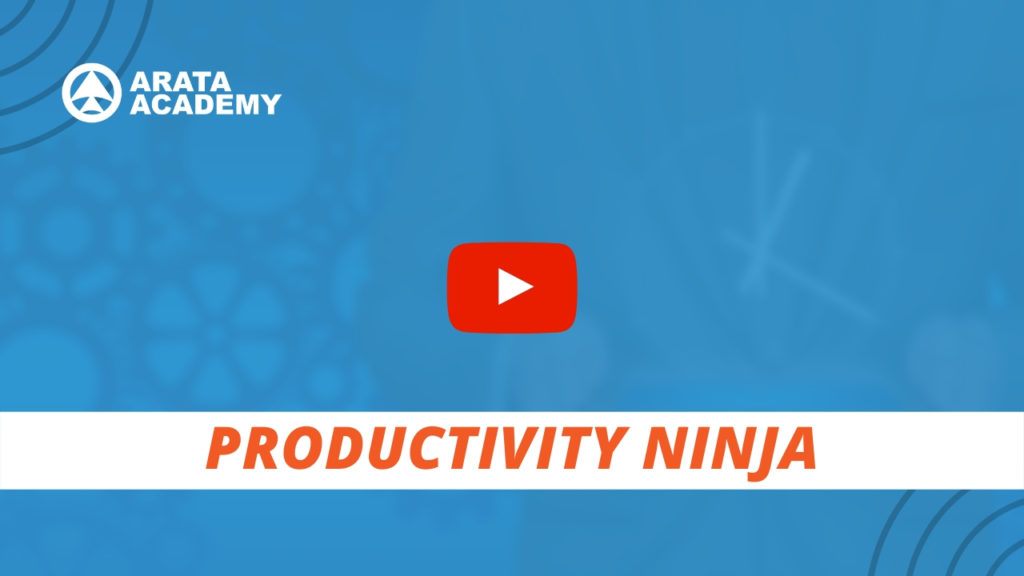Productivity Arata! On our previous episode you learned the essence of David Allen’s GTD’s (Getting Things Done) methodology. And there are people that say they didn’t achieve the personal productivity they wished for, but the reason is that they make a very simple mistake that could be avoided. It’s necessary to apply Contexts to the GTD methodology.
1. Learn the value of context
Imagine that you’re at work and your phone rings. It’s your son. You interrupt everything you’re doing to pick it up and he asks you with a soft voice if you can buy him ice cream when you go to the beach together during the forthcoming weekend.
Of course you’ll buy the ice cream. But today is Tuesday and you’re at the office. The context is different.
Did you find the example silly?
Now let’s switch roles. Imagine that you’re at the beach with your family during the weekend… and you decide to open your email on your smartphone to see if that report from work has arrived.
That’s what many people do: they invade the family context with work-related matters, even though they won’t be fully capable to do any work.
2. Contexts are valuable for those who follow the GTD methodology
It’s important that you follow the order of episodes of Productivity Arata’s series. On episode 11 we underlined the value of using task lists to have an organized life. On episode 12 we presented the essence of the method Getting Things Done, by David Allen.
The problem of personal productivity is that, since people store too much information in their heads, they get into a state of anxiety for not knowing what to do about it. Worse: because they don’t have task lists, they don’t have the help of reminders and organized references. A life without organized lists of responsibilities is quite tiring
Do you remember the message of video 09 of Productivity Arata?
The most tiring task of all is the one that is on our head but that we don’t perform.
That wears down our potential and vitality. And then, we become reactive, letting only the urgencies of others invade our life. We don’t chase after our own priorities.
And we will only achieve that organization when we take into account the contexts. Always think about the frame of mind or geographical place in which you want to perform a task.
One mistake is to keep a single task list with an item named “buy lightbulb”, another named “switch bulbs”, another named “meeting with the finance department” and another named “30-minute run”. It doesn’t make sense: each of these items is to be performed in a different context: I buy the lightbulb at the supermarket, I switch the bulb at home, I have my meeting at the office and I run at the park.
If I’m looking at activities without a context, I’m being inefficient and I become confused.
3. Keep everything organized and updated
During the previous video we also quickly mentioned the importance of the REVISION phase. That could be done weekly, for example by the end of Friday, leaving everything in order so that we can rest with a clear mind during the weekend and have everything prepared on Monday.
During the revision, we will process our Inbox that we’ve seen in the previous video and we will also readjust our plan as we move forward. Do our priorities really continue the same? Are there tasks that I can already completely abandon or at least transfer to the list of Someday/Maybe? Are every calendar items correct? Do I need to check or confirm something with someone? Is the way I described my projects realistic? Do the next actions make sense? Do I have all the necessary resources? Do I need to involve more people?
This is the revision phase that has to be part of our routine so that the GTD methodology works well. If the system isn’t always updated, we can’t trust our own lists and then we suffer from anxiety. But if the system is constantly reviewed, we can rest assured that we can trust our own lists.
To put it shortly, David Allen’s proposition with the GTD methodology is to get everything out of your head and transport it to a system of different lists and contexts. GTD is one of the different references that we use for the creation of the Productivity Ninja course. If on one hand the GTD can become complex for some people, there are also other ways of applying the same principles in a minimalist and simple way.
The most important thing is for you to find the way that fits YOU, your individuality, in order to naturally become organized without letting things accumulate.
I prepared some advanced materials so that you can always keep your system up to date with revisions and contexts. The advantage of this is that the system you will use will be part of your routine, so you can trust its information.
To know the different ways for you to achieve that level of organization, that go beyond GTD, I want to invite you to know our advanced productivity course, Productivity Ninja, a course with a success story over five years long and very satisfied customers. Arata Academy always performs an intense research work, I check the best sources, the best references, and my work consists of delivering everything to you in a clear style, in a practical way and one which respects your individuality. So in order for you to start the Productivity Ninja course now, you can visit this link here.

